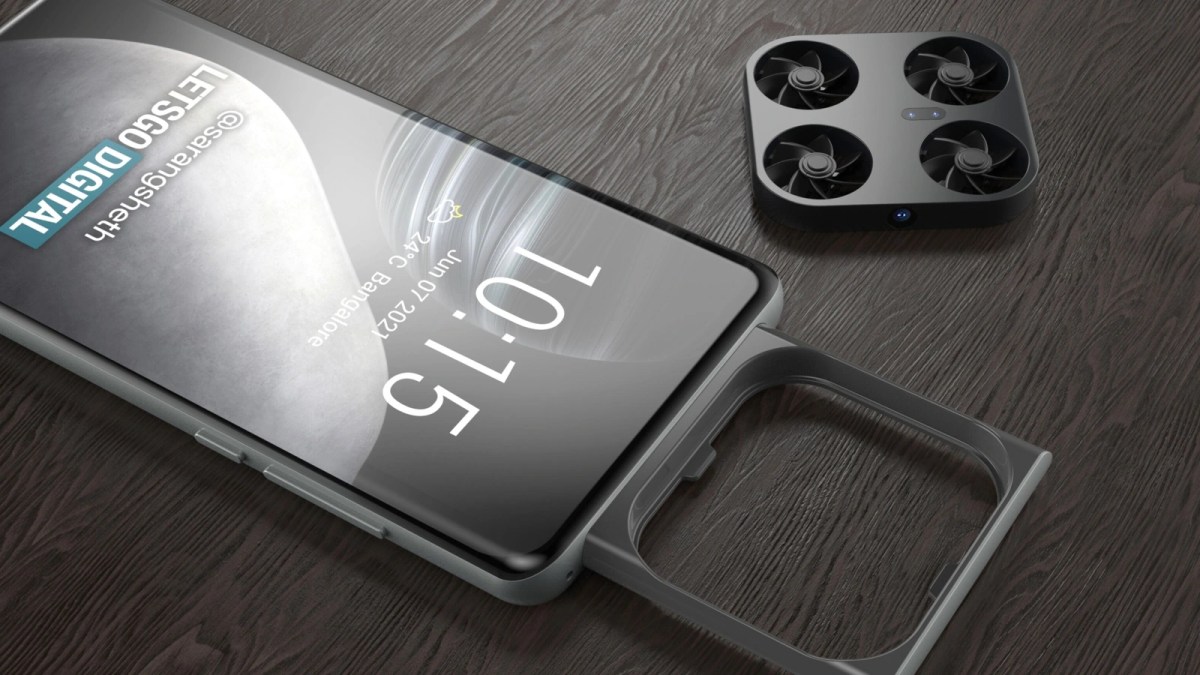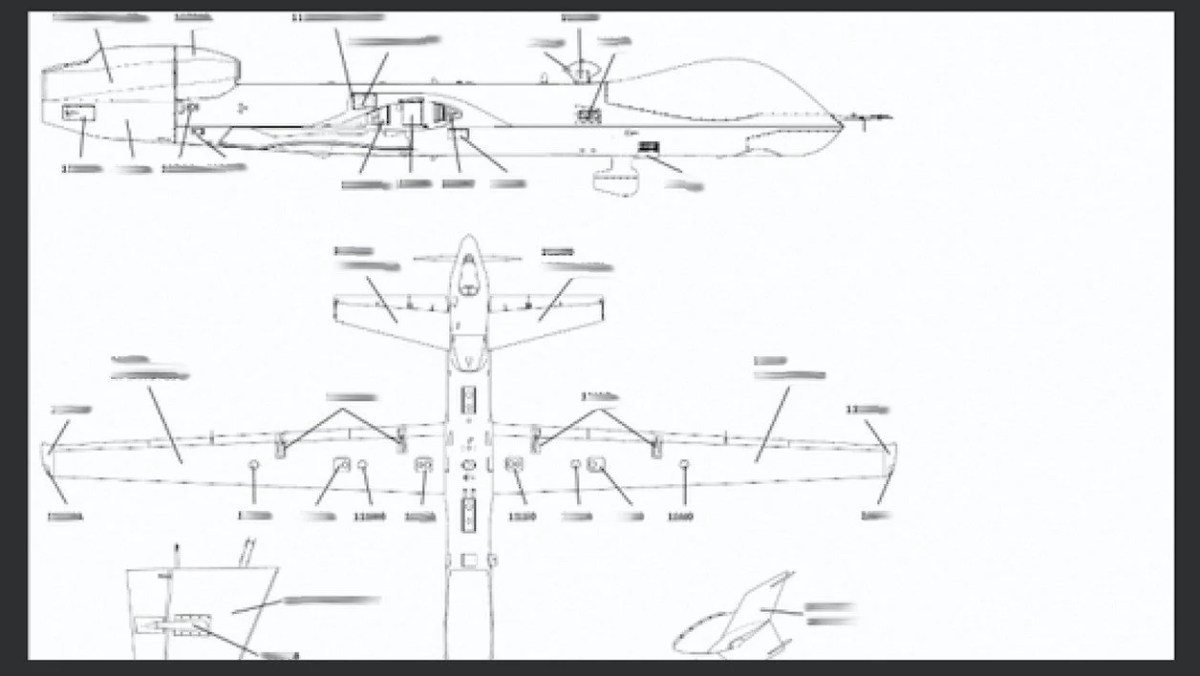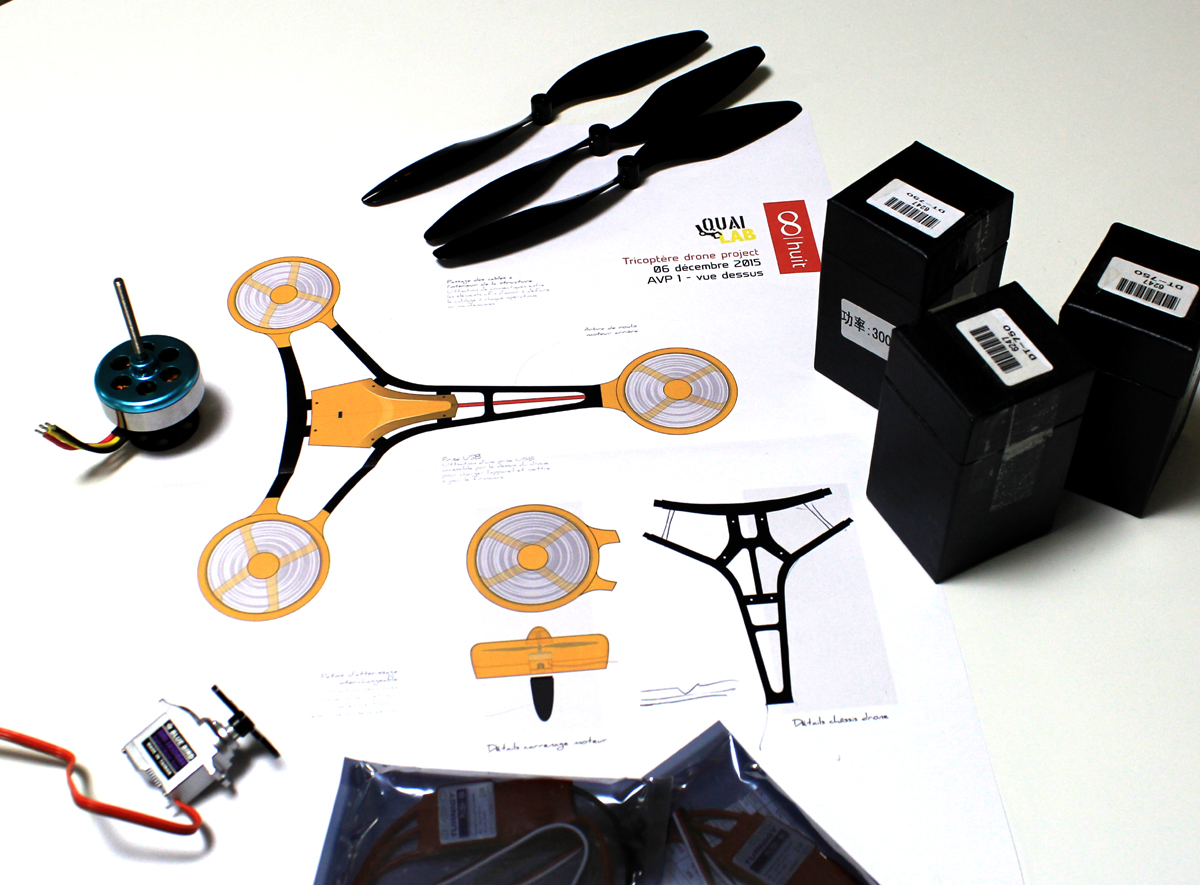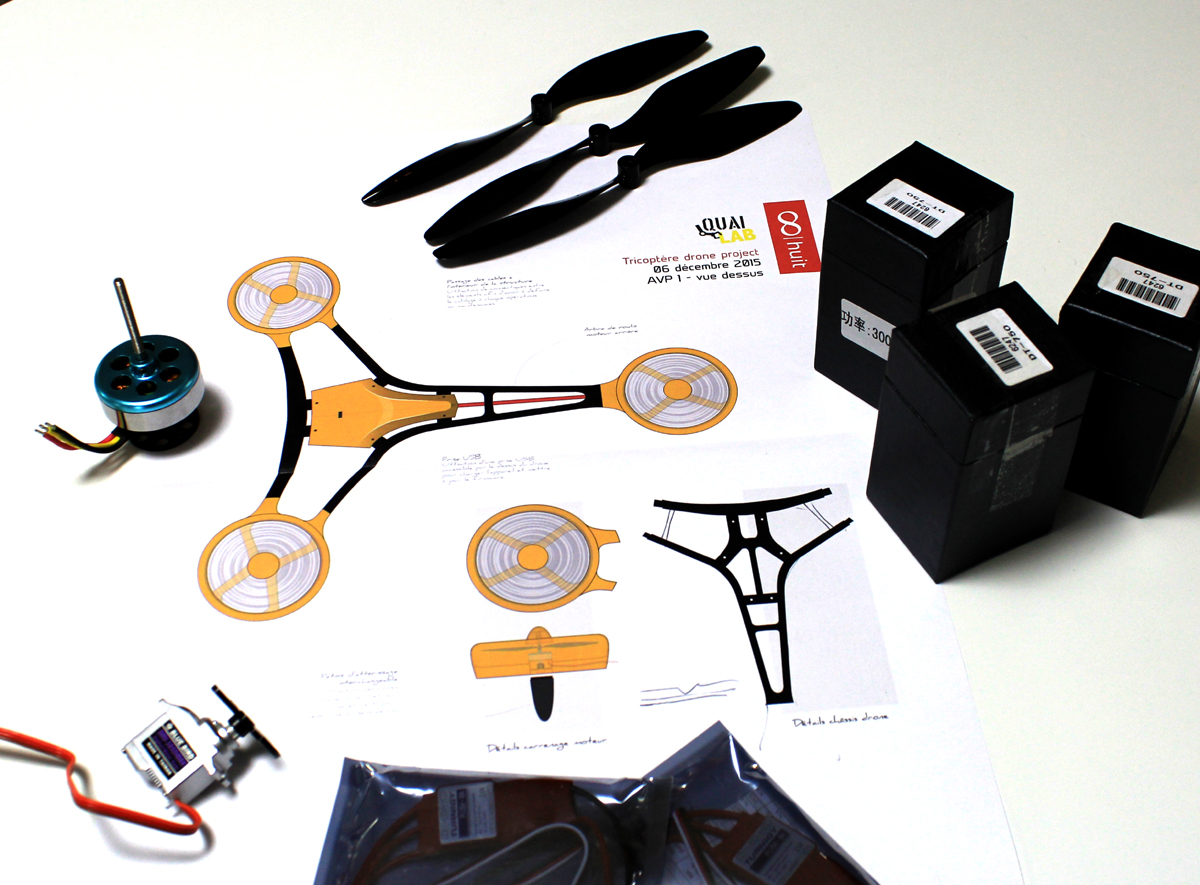Drone mobile subscription is revolutionizing how we use drones. Imagine a world where your drone always has reliable connectivity, regardless of location. This allows for real-time data streaming, enhanced control, and opens up a whole new range of applications across various industries. This guide explores the technology, regulations, applications, and future of this rapidly evolving field.
From understanding the different cellular technologies used for drone connectivity (4G, 5G, LTE-M) to navigating the regulatory landscape and exploring diverse applications in agriculture, construction, and delivery services, we’ll unpack the key aspects of drone mobile subscriptions. We’ll also delve into the economic benefits, future trends, and the importance of a seamless user experience.
Drone Mobile Subscription Market Analysis
The drone mobile subscription market is experiencing rapid growth, driven by increasing drone adoption across various sectors and the need for reliable, always-on connectivity. This analysis explores the market size, key players, business models, pricing strategies, and overall SWOT analysis of this dynamic sector.
Current Market Size and Growth Potential
While precise figures are difficult to obtain due to the market’s nascent nature, industry analysts predict substantial growth in the coming years. Factors like improved drone technology, decreasing data costs, and expanding regulatory frameworks are fueling this expansion. Estimates suggest a compound annual growth rate (CAGR) exceeding 20% for the foreseeable future, though this varies based on geographical region and specific application.
Key Players and Market Share
Several companies are vying for dominance in the drone mobile subscription market. These include established telecommunications providers integrating drone connectivity into their existing services, specialized drone service providers offering bundled connectivity packages, and smaller startups focusing on niche applications. Precise market share data is proprietary and often unavailable publicly, but the competitive landscape is characterized by a mix of large and small players, each with varying strengths and weaknesses.
Business Models for Drone Mobile Subscriptions
Several distinct business models exist. Some providers offer pay-as-you-go plans, charging based on data usage. Others utilize subscription-based models with tiered data packages, similar to traditional mobile plans. A third model involves bundling drone services with connectivity, creating a comprehensive solution for end-users. Each model caters to different user needs and budgets.
Pricing Strategies
Pricing strategies reflect the diverse business models. Pay-as-you-go models are attractive for infrequent users, while subscription models offer predictable costs for regular operation. Bundled services often offer discounted connectivity as part of a larger package. Pricing also varies based on data allowance, network coverage, and specific features offered.
SWOT Analysis of the Drone Mobile Subscription Market
A SWOT analysis provides a balanced view of the market’s strengths, weaknesses, opportunities, and threats. This analysis will consider factors such as technological advancements, regulatory changes, competitive pressures, and market demand. For example, a strength could be the increasing demand for drone services, while a weakness might be the relatively high cost of 5G connectivity. Opportunities include expansion into new markets and applications, while threats might include competition from alternative connectivity solutions or changes in drone regulations.
Technological Aspects of Drone Mobile Connectivity
Reliable mobile connectivity is crucial for the effective operation of drones. This section examines the cellular technologies employed, the challenges of providing connectivity, and the impact of network parameters on drone performance.
Cellular Technologies for Drone Connectivity
Several cellular technologies are used for connecting drones, each with its own advantages and limitations. 4G LTE offers a balance of speed and coverage, while 5G promises significantly higher bandwidth and lower latency. LTE-M is a low-power wide-area network (LPWAN) technology ideal for long-range, low-bandwidth applications. The choice of technology depends on the specific drone application and its operational requirements.
Challenges and Opportunities in Providing Reliable Connectivity
Providing reliable mobile connectivity to drones presents several challenges. These include maintaining signal strength in remote or obstructed areas, ensuring sufficient bandwidth for high-resolution video transmission, and managing network congestion. Opportunities exist in developing specialized network infrastructure optimized for drone connectivity and leveraging advanced technologies such as edge computing to reduce latency.
Impact of Network Latency and Bandwidth
Network latency (delay) and bandwidth (data transfer rate) significantly impact drone operations. High latency can lead to delayed control responses, affecting maneuverability and precision. Insufficient bandwidth limits the transmission of high-resolution video or sensor data, hindering data analysis and decision-making. Optimizing network performance is crucial for safe and efficient drone operation.
Hypothetical Mobile Network Infrastructure for Drone Connectivity
An optimized network infrastructure would incorporate a combination of cellular towers, strategically placed small cells, and potentially drone-based relay nodes to extend coverage and improve signal strength in challenging environments. Integration with advanced network management systems would enable dynamic resource allocation and efficient traffic management. The use of AI for predictive network optimization could also significantly improve reliability and performance.
Power Consumption of Cellular Technologies

Power consumption is a critical consideration for drone operations. 5G, while offering high bandwidth, generally consumes more power than 4G or LTE-M. Drone operators must carefully balance the need for high-bandwidth connectivity with the limitations imposed by battery life. Power-efficient cellular technologies and optimized power management strategies are essential for extending flight time.
Regulatory Landscape and Legal Considerations
The use of drones with mobile connectivity is subject to a complex array of regulations. Understanding these regulations is crucial for safe and legal operation.
Key Regulations Governing Drone Use and Mobile Connectivity
Regulations vary by country and jurisdiction. Common themes include registration requirements for drones, airspace restrictions, limitations on flight altitude and distance, and operational safety guidelines. Data privacy and security regulations also play a significant role, particularly concerning the collection and transmission of sensitive data through mobile connectivity.
Implications of Data Privacy and Security
Drones equipped with mobile connectivity often collect significant amounts of data, including location information, images, and sensor readings. Protecting this data from unauthorized access and misuse is crucial. Regulations such as GDPR (in Europe) and CCPA (in California) impose strict requirements on data handling, storage, and transmission. Secure data encryption and robust access control mechanisms are essential.
Licensing Requirements for Operating Drones with Mobile Subscriptions
Licensing requirements also vary significantly by location. Some jurisdictions require pilot licenses or permits for operating drones, regardless of their size or intended use. Additional licenses or permissions may be required for commercial drone operations or the use of mobile connectivity for data transmission. Operators must ensure they comply with all applicable licensing requirements before operating their drones.
Best Practices for Safe and Responsible Drone Operation
Safe and responsible drone operation involves adhering to all applicable regulations, maintaining situational awareness, and following best practices for data security. Regular maintenance checks, pre-flight inspections, and adherence to safe operating procedures are crucial for minimizing risks. Operator training and ongoing education are essential for maintaining proficiency and ensuring safety.
Comparison of Drone Regulations Across Different Countries

| Country | Licensing Requirements | Data Privacy Laws | Airspace Restrictions |
|---|---|---|---|
| United States | FAA registration and certifications may be required depending on drone weight and use. | Subject to various federal and state laws, including HIPAA for healthcare data. | Specific restrictions vary by airspace class and location. No-fly zones near airports and other sensitive areas are common. |
| Canada | Transport Canada requires registration and licensing depending on drone weight and use. | Subject to PIPEDA (Personal Information Protection and Electronic Documents Act). | Similar to the US, airspace restrictions exist around airports and sensitive areas. |
| United Kingdom | The Civil Aviation Authority (CAA) regulates drone use, requiring registration and adherence to specific rules. | Subject to the UK GDPR. | Airspace restrictions apply near airports and other sensitive locations. |
| Australia | The Civil Aviation Safety Authority (CASA) regulates drone operations, with registration and licensing requirements depending on drone class and use. | Subject to the Privacy Act 1988. | Airspace restrictions exist around airports and other sensitive areas. |
Applications and Use Cases of Drone Mobile Subscriptions
Drone mobile subscriptions are transforming various industries by enabling real-time data transmission and remote operation. This section explores some key applications and their economic benefits.
Industries Benefiting from Drone Mobile Subscriptions
Several industries are leveraging the capabilities of drones with mobile subscriptions. Agriculture utilizes drones for crop monitoring, precision spraying, and livestock management. Construction employs drones for site surveying, progress monitoring, and safety inspections. Delivery services utilize drones for package delivery, particularly in remote or hard-to-reach areas. Other sectors such as infrastructure inspection, emergency response, and law enforcement also benefit from drone mobile subscriptions.
Specific Use Cases in Each Industry
In agriculture, drones with real-time data transmission allow farmers to monitor crop health, identify areas needing attention, and optimize resource allocation. In construction, drones provide accurate site surveys, enabling better planning and reducing project delays. In delivery services, drones offer faster and more efficient delivery options, particularly for time-sensitive items or deliveries to remote locations. Each industry utilizes the capabilities of drones and mobile connectivity to improve efficiency, reduce costs, and enhance safety.
Economic Benefits of Using Drones with Mobile Subscriptions
The economic benefits are substantial. Drones with mobile connectivity improve operational efficiency, reduce labor costs, and minimize risks associated with manual inspections or data collection. They enable faster decision-making, improved resource allocation, and enhanced safety, leading to significant cost savings and increased profitability.
Thinking about a drone mobile subscription? It’s a great way to keep your drone connected and ready for action, especially if you’re planning something big. For example, imagine the logistical planning behind a show like the incredible Shanghai New Year Drone Show A Spectacle of Light ; reliable mobile connectivity is essential for such a complex drone operation.
So, a solid drone mobile subscription plan can really help ensure your own projects go off without a hitch.
Potential for Future Applications
The potential applications of drone mobile subscriptions are vast and constantly expanding. As technology advances, we can expect to see drones playing an even greater role in various sectors, from environmental monitoring and disaster relief to advanced logistics and infrastructure maintenance.
Advantages of Drone Mobile Subscriptions Over Alternative Connectivity Solutions
- Wider coverage and reliability compared to Wi-Fi or other short-range solutions.
- Real-time data transmission for immediate feedback and control.
- Cost-effectiveness for regular and long-range operations.
- Seamless integration with existing mobile infrastructure.
- Enhanced security and data protection features.
Future Trends and Innovations
The drone mobile subscription market is poised for significant evolution driven by technological advancements and changing industry needs. This section explores some key future trends and innovations.
Emerging Technologies Impacting the Market
Several emerging technologies will shape the future of drone mobile subscriptions. These include advancements in 5G and beyond-5G technologies, the development of low-power wide-area networks (LPWANs) optimized for drones, and improvements in satellite communication for enhanced coverage in remote areas. Artificial intelligence (AI) and machine learning (ML) will also play a crucial role in optimizing network performance and improving drone autonomy.
Integration with Other Technologies
Integration with other technologies, such as AI, IoT, and cloud computing, will enhance the capabilities of drones and mobile subscriptions. AI-powered drones can perform autonomous tasks, analyze data in real-time, and adapt to changing conditions. IoT integration enables drones to connect to and interact with other devices and systems. Cloud computing provides scalable storage and processing capabilities for large volumes of drone data.
Potential Future Applications
Future applications might include autonomous drone swarms for large-scale infrastructure inspections, precision agriculture at an unprecedented scale, and advanced delivery systems utilizing drone networks. Drones could play a more significant role in disaster response, environmental monitoring, and search and rescue operations.
Thinking about a drone mobile subscription? It’s a smart move for keeping your drone connected, especially when you’re out flying. To stay up-to-date on the latest drone tech and regulations, check out the news technology at dronefair.ca for all the latest developments. Understanding these advancements helps you choose the best mobile plan for your drone’s needs and ensure you’re always flying legally and safely.
Evolution of Pricing Models
Pricing models may evolve towards more flexible and usage-based plans, potentially incorporating dynamic pricing based on network congestion or data usage patterns. Subscription bundles incorporating additional services, such as drone maintenance or data analytics, could also become more prevalent.
Projected Growth and Development Timeline
The market is expected to experience significant growth over the next 5-10 years. Initial growth will likely be driven by adoption in established sectors, followed by expansion into new and emerging applications. Technological advancements and regulatory changes will significantly influence the pace of market development. A realistic projection would show steady growth, with potential acceleration as 5G and other advanced technologies become more widely available and affordable.
User Experience and Customer Satisfaction: Drone Mobile Subscription
A positive user experience is essential for the success of drone mobile subscriptions. This section explores design guidelines, customer support best practices, and methods for gathering user feedback.
User-Friendly Interface for Managing Subscriptions
A user-friendly interface should be intuitive and easy to navigate, providing clear information about data usage, billing, and account settings. Features such as real-time data monitoring, customizable alerts, and easy-to-understand billing summaries would enhance user satisfaction.
Best Practices for Providing Excellent Customer Support
Excellent customer support involves providing readily available assistance through multiple channels, such as phone, email, and online chat. Prompt responses, knowledgeable support staff, and effective problem-solving are essential for building trust and maintaining customer loyalty.
Importance of Reliable and Consistent Connectivity

Reliable and consistent connectivity is paramount for optimal user experience. Outages or interruptions can significantly impact drone operations and lead to frustration and dissatisfaction. Investing in robust network infrastructure and proactive network management is crucial for ensuring high availability and reliability.
Methods for Gathering User Feedback
Regularly gathering user feedback through surveys, feedback forms, and focus groups is crucial for identifying areas for improvement. Analyzing user feedback can help providers understand user needs, address pain points, and enhance the overall user experience.
Design Guidelines for User-Friendly Drone Mobile Applications, Drone mobile subscription
Design guidelines should focus on creating a simple, intuitive, and visually appealing interface. Clear visual cues, easy-to-understand controls, and effective feedback mechanisms are essential for creating a positive user experience. The application should be designed to work seamlessly with various drone models and operating systems.
Closing Summary
Drone mobile subscription isn’t just about connectivity; it’s about unlocking the full potential of drone technology. As technology advances and regulations evolve, the possibilities for drone applications will only expand. The future of drone mobile subscription promises increased efficiency, improved safety, and the creation of innovative solutions across numerous sectors. Understanding the current landscape and future trends is crucial for anyone involved in, or interested in, this exciting space.
Thinking about a drone mobile subscription? It’s a smart move for consistent connectivity, especially if you’re flying in remote areas. To get a better grasp on managing complex systems and potential risks, check out this fascinating analysis of decision-making in a completely different context: Squid Game Thanos A Comparative Analysis. The parallels might surprise you, and help you think strategically about your drone operations and subscription needs.
User Queries
What are the typical costs associated with drone mobile subscriptions?
Costs vary depending on data usage, provider, and the type of cellular technology used. Expect a range of plans similar to traditional mobile phone plans.
Getting a solid drone mobile subscription is key for reliable data connection, especially when you’re out in the field. But what if you need to create voiceovers for your drone footage? Check out this helpful guide on Comparing Different AI Voice Generator Software Options to find the perfect AI voice for your projects. Choosing the right software can really enhance your drone operation videos, making them more engaging for your audience.
So, plan your data and voiceover needs together for a complete, professional package.
How does battery life impact drone mobile connectivity?
Constant cellular connectivity consumes battery power. Choosing a low-power cellular technology and optimizing flight plans are key to maximizing flight time.
What are the security risks associated with drone mobile subscriptions?
Security risks include data breaches and unauthorized access. Choosing reputable providers with robust security measures is crucial.
Are there any limitations on the range of drone operation with a mobile subscription?
Range is limited by cellular network coverage. Remote areas with limited or no cellular coverage will restrict operational range.
